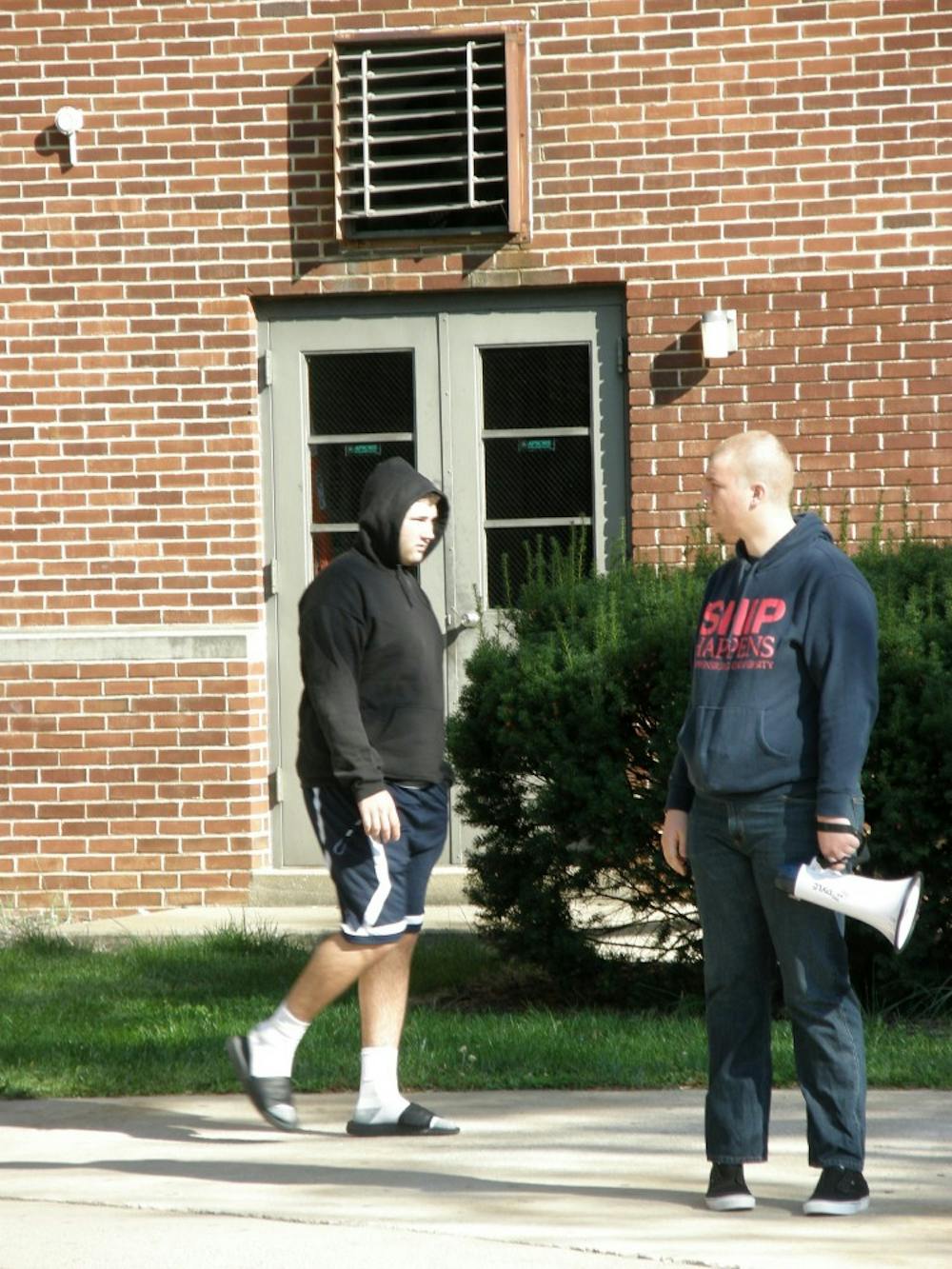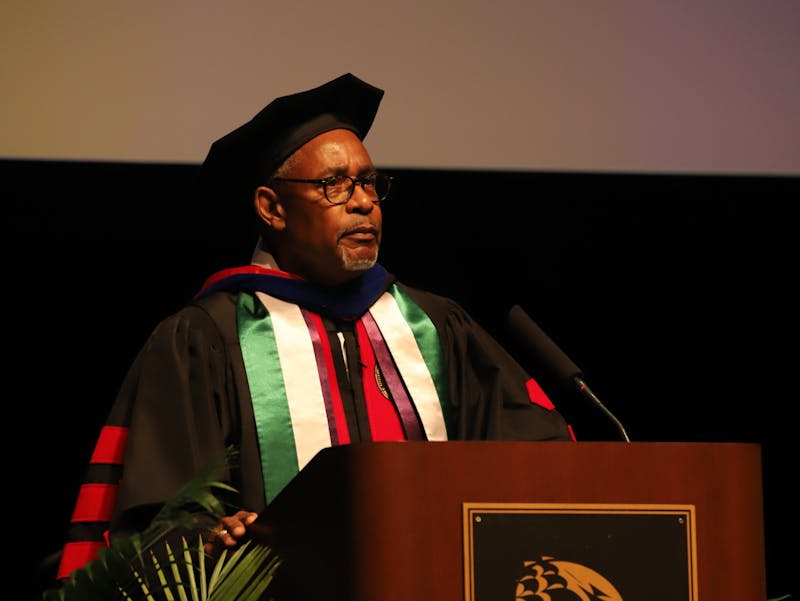“Intelligent” fire alarms and sprinkler systems. Monthly fire drills in residence halls. Restrictions on using candles, extension cords and cooking appliances.
These are just some of the ways that Shippensburg University tries to keep students living in campus housing safe from fire — and they are working.
According to the National Fire Protection Association (NFPA), September and October are the peak months for fires in dormitory housing in the United States. Such fires are most common in the evening — between 5 and 11 p.m. — and occur more often on Saturday and Sunday than other days of the week.
Of those fires, NFPA said, more than 80 percent involve some type of cooking equipment.
Shippensburg has a number of policies aimed at fire prevention that students living on campus must follow, SU Safety Coordinator David Wozniak said. “That’s true of universities across the country, not just here,” he said. “These kinds of policies keep the number of fires on campus down and keep students safer.”
Like other universities, Shippensburg limits the use of appliances in student housing. Except in Stone Ridge Commons, almost no cooking appliances are allowed. The only permitted uses are microwaves, drip coffee makers and hot-air popcorn poppers.
Guidelines on residence hall and suite living, including rules related to fire safety, are outlined in The Swataney, the SU student handbook.
Fire drills are held monthly in SU’s residence halls, generally between 10 a.m. and 10 p.m. “We are only required to do one drill a semester in a residence hall,” but the university opts to conduct more, Wozniak said.
“Anytime you have classes going on or other activities going on, you’re only going to catch a percentage of the students living in a particular hall. The intent of doing them monthly is that over the course of the semester, we are going to catch the bulk of the students at least once.”
Residence hall directors and assistants also conduct health and safety inspections every month, according to Barry McClanahan, associate dean of students and director of housing and residence life.
“They go in and look for anything that could be a fire hazard or cause some type of problem,” he said. “Extension cords that students shouldn’t be using, things hanging from the ceiling that could be affected by the lights and cause a fire — anything they see that shouldn’t be there.”
About 95 percent of all buildings on campus now have what Wozniak calls intelligent fire alarms, connected and monitored by computer. Each alarm has a specific “address” or location assigned to it. When a smoke detector or alarm is activated, officers know exactly where in a building it is located and can respond immediately.
The initial response to a fire alarm comes from SU personnel, reducing the number of false alarms responded to by local firefighters. “We get a lot of help from building occupants before we get there; they will call and let us know what’s going on,” Wozniak said.
If a second alarm sounds, a call automatically is placed to 911 even if an officer has not arrived at the building. “If multiple alarms are sounding, we know we have a problem,” Wozniak said.
The majority of buildings on campus also have sprinkler systems. All new construction includes sprinklers, while other buildings have been retrofitted with the systems.
Wozniak and McClanahan said the Pennsylvania State System of Higher Education mandated the installation of sprinkler systems in campus housing after a January 2000 fire in a Seton Hall University freshman dormitory killed three students and injured more than 50 others. The dorm did not have sprinklers.
“That was a multimillion-dollar project,” McClanahan said. “But it was important to ensure the safety of our students.”
In his 22 years at SU, McClanahan said, there have not been any serious fires.
“Part of that is luck, but it’s also because we are proactive and make sure as best we can that students are doing the right thing.”



The Slate welcomes thoughtful discussion on all of our stories, but please keep comments civil and on-topic. Read our full guidelines here.